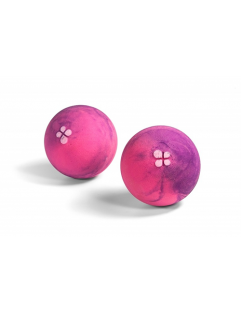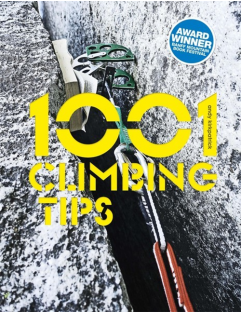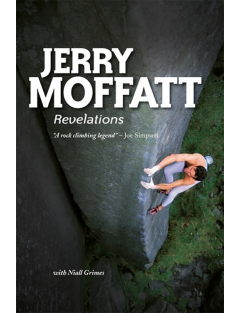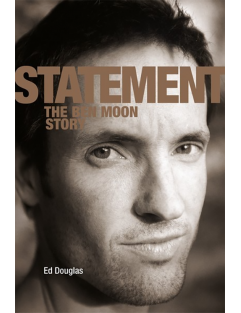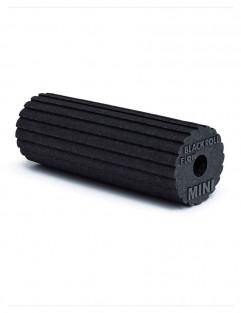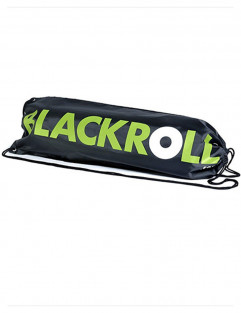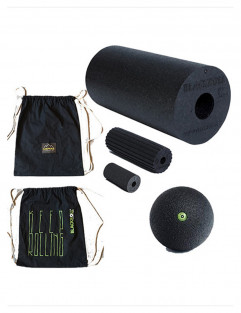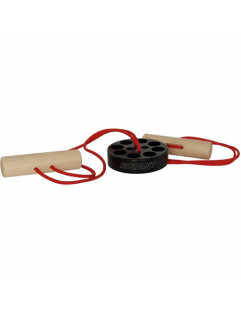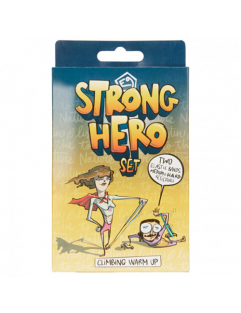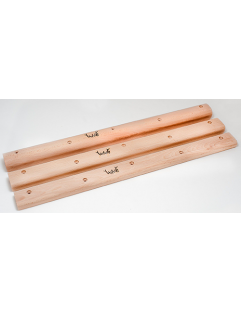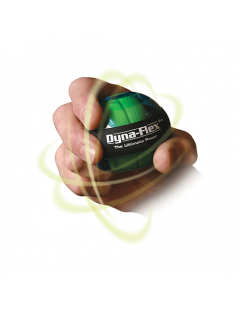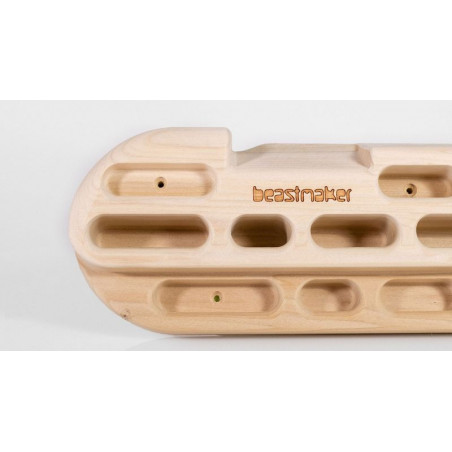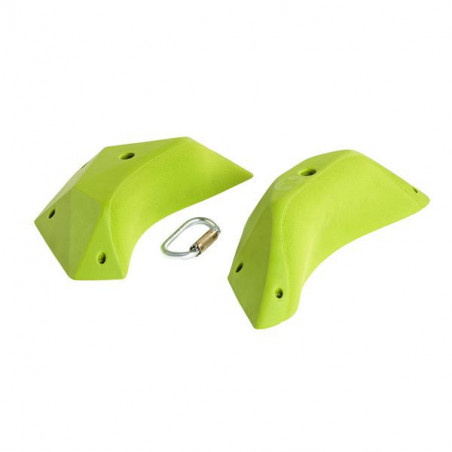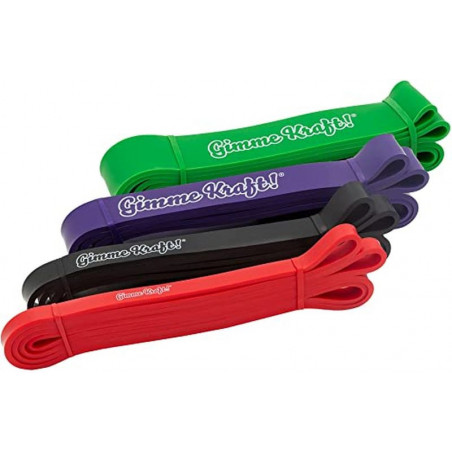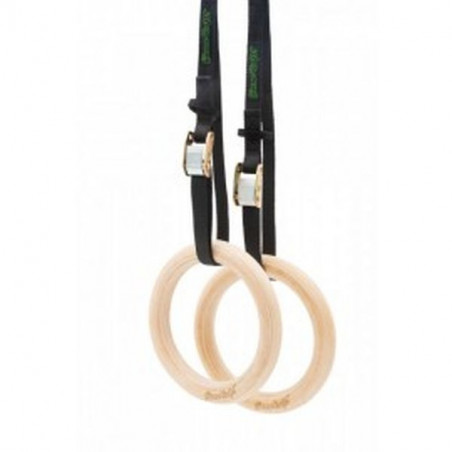New products
home
Arc'teryx -...Active filters
outlet
Lapis - Rollyballs XLtraining-accessories
Antworks - Rotant Sphere - Training deviceother-books
Vertebrate - 1001 Climbing Tips - Climbing Bookother-books
Jerry Moffat - Revelations - Climbing Bookother-books
Vertebrate - Ed Douglas - Statement: The Ben Moon Story -...warm-up-recovery
Blackroll - Mini Flowtraining-accessories
Blackroll - Gymbagwarm-up-recovery
Blackroll - CCS Settraining-accessories
Antworks - Rotant Linear Esche - Training devicewarm-up-recovery
E9 - Strong Hero Warm Up Band - Box of 2training
Witchholds – MiniSlats set (6 pcs)training-accessories
D'Addario - Dynaflex Pro - Climbing TrainingTraining
Climbing specific training
Climbing specific training was first introduced, and established, around the 80s/90s by climbers such as Wolfgang Güllich and has developed drastically ever since. The variety of tools available to train specific climbing strength, technique and endurance is incredible. From super advanced training boards to campus boards and even portable training gear, the access to train has never been easier. And these tools are not only limited to professional athletes, most climbing gyms provide all of the above mentioned tools to train even further after your bouldering / climbing session. It is however important to know your limitations. These tools might be available to everyone but should probably not be used by beginners because the risk of injury is pretty high if tendons and muscles are not used to this type of effort.
The fingerboard for example is without a doubt one of the most popular methods of climbing training. Different manufacturers have created different training boards that each provide different types of grip, from jugs and slopers to tiny finger holes and tiny crimps, making it easy to train specific weaknesses from the comfort of your home.
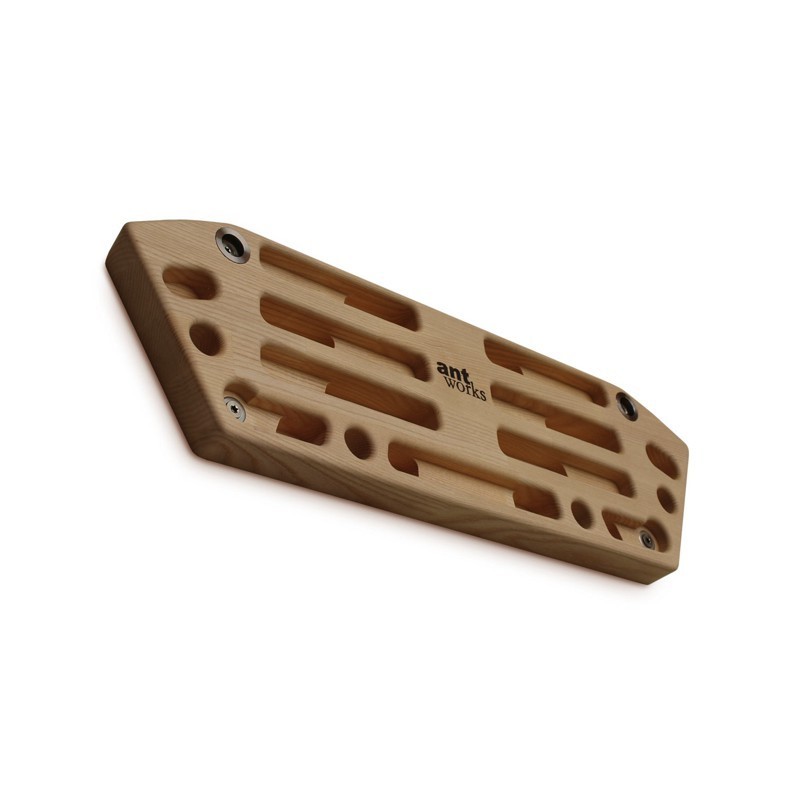
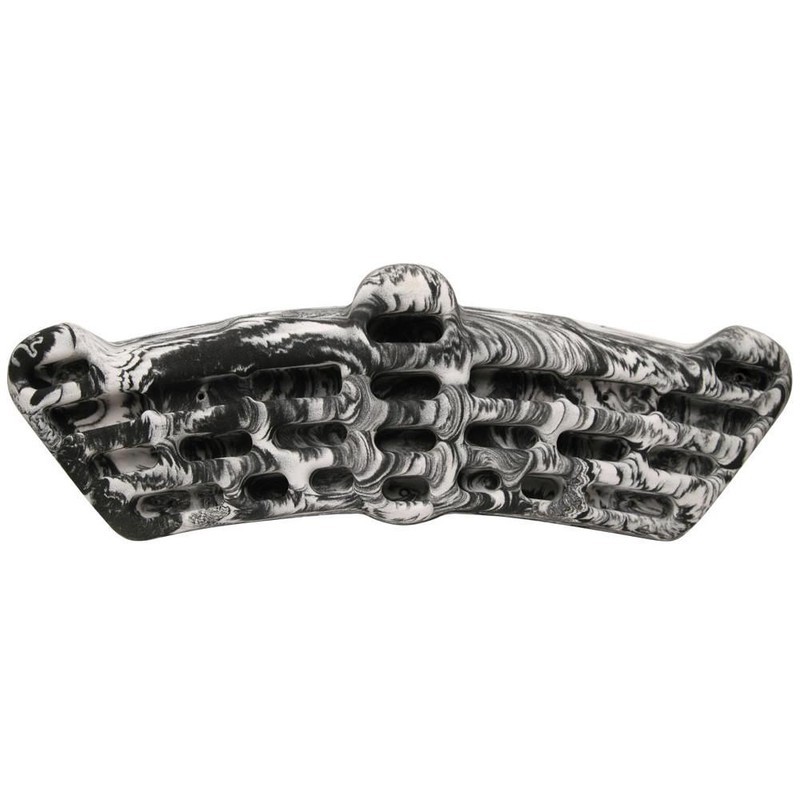
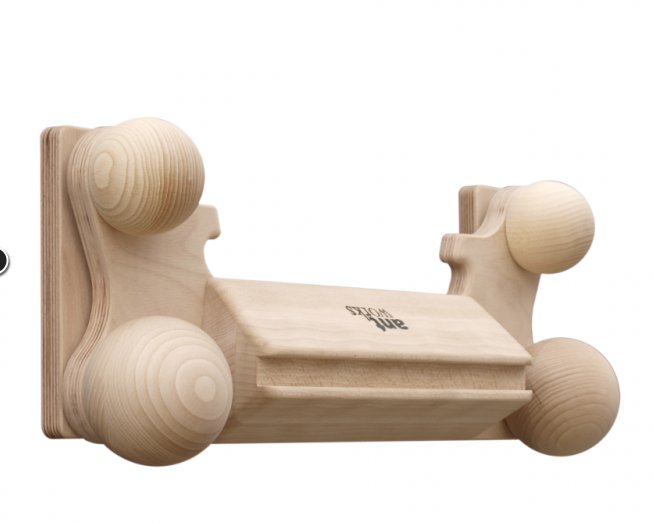
DON'T FORGET TO WARM UP / STRETCH AFTER
Like with every other sport, it is necessary to properly warm up your body to avoid injury and perform at maximal level. In climbing it can be a bit more confusing to warm the fingers up properly, the back muscles..how do you proceed. Well the range of products available to assist you is wide, you could for example look into resistance bands or latex bands. When it comes to stretching after a boulder / climbing session, you could again use resistance/latex bands or look into BlackRoll, who have a huge range of products specifically designed to release tension in sore muscles.
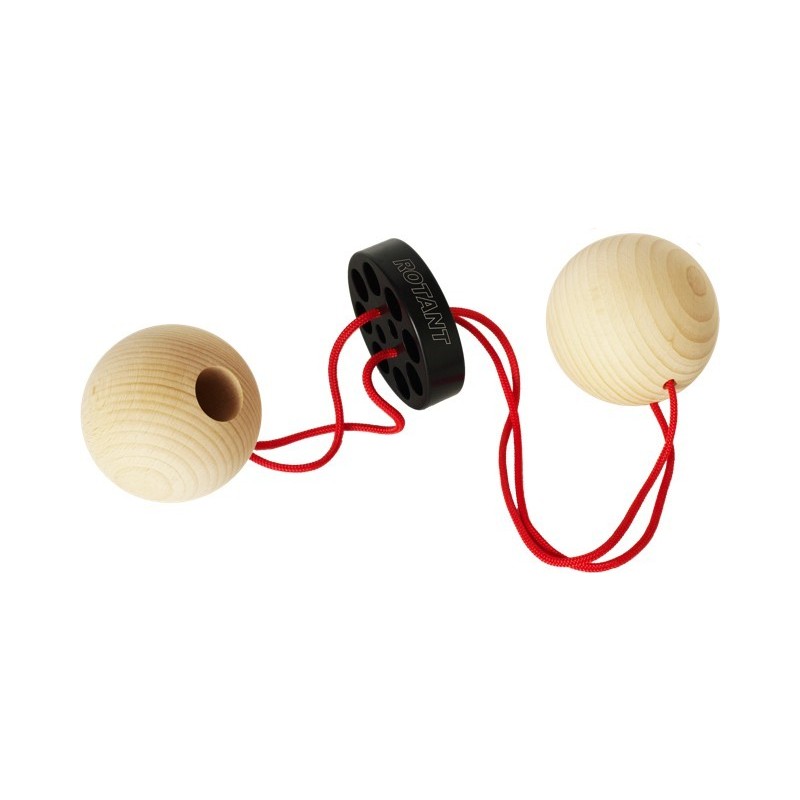

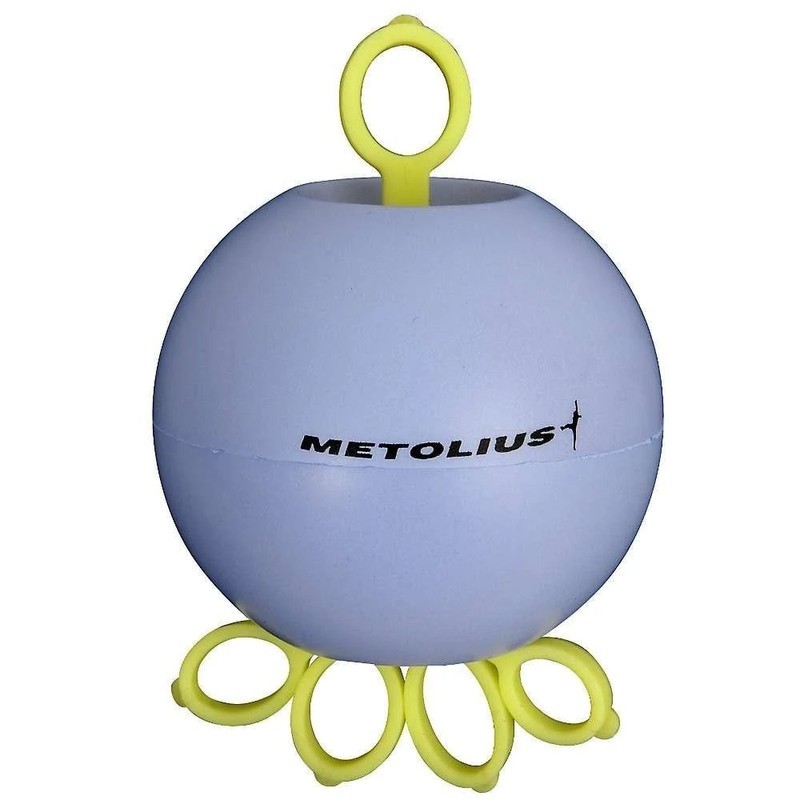
PORTABLE EQUIPMENT
Not everyone can start drilling holes into their walls at home and not every outdoor climbing site provides good warm up possibilities. That is exactly why manufactures such as Metolius or Problemsolver have developed portable hangboards or juggy holds hanging off a piece of rope. These can easily be mounted on a tree branch or anything else you might find that can bear some load. Then there are lots of non climbing specific tools you could use to train general body strength.
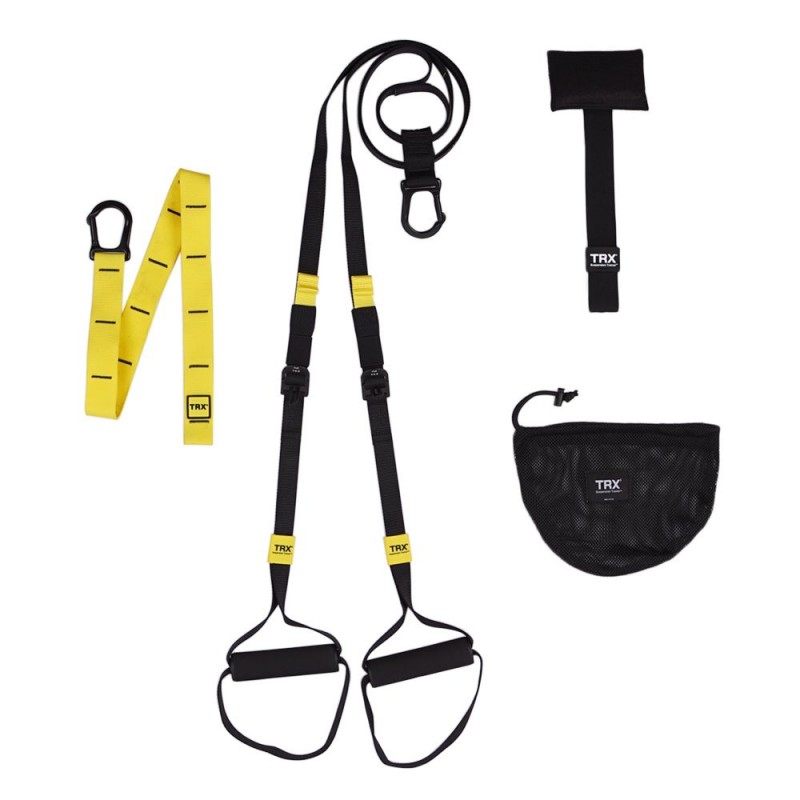
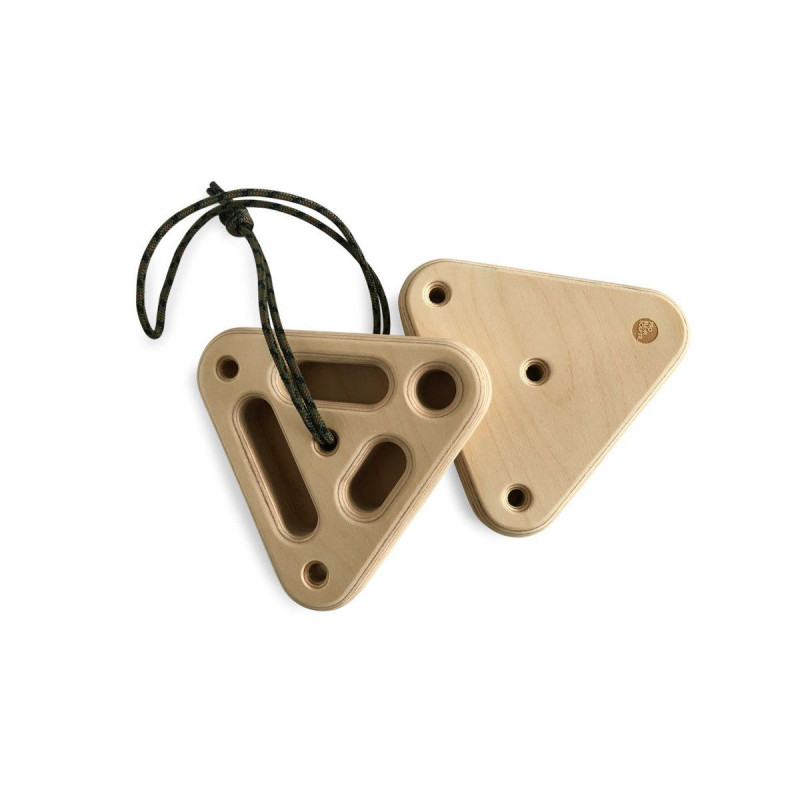
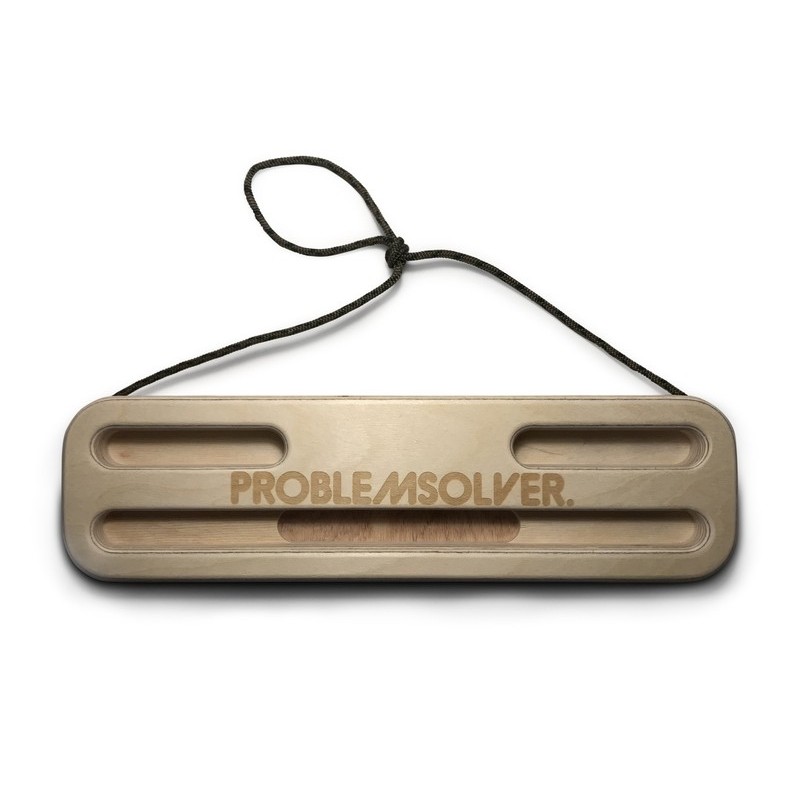
The choices are endless and difficult today so contact our Customer Service or send us a mail to help you choose the right product for your needs.
Shop online.........more time to climb.
Casper's Supports Your Summit
Subcategories
-
Fingerboards
<p>The Finger board is hands down to most popular training method among climbers and boulderers. There is nothing more annoying than loosing your summer gains over the winter just because there is no gym close by or other training facility. That is where the finger board comes in. It offers the possibility to train on all sorts of holds, jugs, slopers, crimps, pockets... Allowing to isolate a weakness and work on it. There are generally two types of finger boards, wooden board and plastic ones. Plastic boards are usually cheaper, have a similar texture to climbing holds in the gym (which can be aggressive to the skin sometimes). Wooden boards look beautiful and are pleasant to he touch, less aggressive on the skin. Finger boards do not take up much space, can basically be installed anywhere and are like previously mentioned, the best way to build climbing specific strength. Depending on the design of the board you can expect basic to super complex training programs, focusing on the muscles in the fingers, arms and upper body. </p> <p><img src="https://caspersclimbingshop.com/img/cms/strongantiii.jpg" alt="" width="250" height="250" /><img src="https://caspersclimbingshop.com/img/cms/Screen%20Shot%202021-06-08%20at%2009-29-50.png" alt="" width="250" height="208" /></p> <p>There is a variety of choice when it comes to hang boards. Over the past 30 years so many manufacturers recognised the potential and benefit of designing their own board. Today the most famous brand out there, represented in almost every gym, is Beastmaker. This board for instance offers a huge choice of grips, slopers, jugs, pockets, crimps, different depth for all of these and a phone application to help you setup a training program. Made of wood it also looks very nice and could be installed in your living room as part of the decoration. Then there are more basic boards that are more beginner friendly, offering a few good jugs, with the main purpose of building up the muscle and ligament strength to progress to more advanced training boards. So it is important to first identify where your body and muscles are at, and determine what you want to achieve with the fingerboard. Do you just want a board to do a couple of pull ups from time to time to stay in shape or do you plan on working on weaknesses and locking yourself in the basement for hours working those finger muscles. </p> <p><img src="https://caspersclimbingshop.com/img/cms/beastmaker1000.jpeg" alt="" width="250" height="250" /><img src="https://caspersclimbingshop.com/img/cms/Screenshot%202021-06-07%20at%2016-32-33.png" alt="" width="250" height="200" /></p> <p>A final thing to consider is, that the installation of some finger boards requires drilling holes above door frames which is not a possibility for most people renting their place. That is why manufacturers such as ProblemSolvers came up with their portable fingerboard. A piece of string allows you to easily hang the board on a tree branch or anything else that is load bearing. This is also a great tool to have in your backpack when climbing / bouldering outside. There is not always an easy way to warm up your fingers properly before going for the rock, hence these portable boards are the perfect solution. </p> <p><img src="https://caspersclimbingshop.com/img/cms/problemsolverhanzo.jpeg" alt="" width="250" height="250" /><img src="https://caspersclimbingshop.com/img/cms/problemsolvertriangle.jpg" alt="" width="250" height="250" /></p> <p> </p> <p>The choices are endless and difficult today so contact our <a href="/contact-us">Customer Service</a> or <a href="mailto:info@caspersclimbingshop.com">send us a mail</a> to help you choose the right product for your needs. </p> <p></p> <p>Shop online.........more time to climb.</p> <p></p> <p>Casper's Supports Your Summit</p> -
Climbing Holds
<p><span style="text-decoration:underline;"><strong>What the different shapes are called!</strong><strong></strong></span></p> <p><strong>Jugs</strong> are big, open holds that you can get your whole hand around. Jugs are most people’s favorite because they’re so easy to grip and they provide an excellent rest.</p> <p><strong>Edges</strong> are the most common holds you find. They can be tiny dime edges, long cuts in the wall or huge ledges.</p> <p>A <strong>crimp</strong> is a very small edge that’s only big enough for the pads of your fingers.</p> <p>A <strong>pinch</strong> is exactly what it sounds like—any piece of rock that you can pinch with your thumb on one side and your fingers on the other.</p> <p><strong>Slopers</strong> are big bulges with no positive angle for your hands to grip.</p> <p><strong>Pockets</strong> are holes in the rock.</p> <p>An <strong>undercling</strong> is any hold you grip from the bottom so you can pull up.</p> <p></p> <p><span style="text-decoration:underline;"><strong>What two types of holds exist?</strong></span></p> <p>Climbing holds are mainly produced in two different materials polyurethane (PU) and polyester (PE).</p> <p><strong>PU</strong> holds are lighter, strong and impact resistant. PU holds won't chip easily or break when tightened. </p> <p><strong>PE</strong> holds offer ultimate wear resistance. PE holds also have good UV stability and thus they are ideal for outdoor walls.<strong></strong></p> <p></p> <p><span style="text-decoration:underline;"><strong>How many do you need?</strong></span></p> <p>A good rule of thumb is to have approximately <strong>10 holds per square meter</strong> of wall, the more the better!</p> <p></p> <p>The choices are endless and difficult today so contact our <a href="/contact-us">Customer Service</a> or <a href="mailto:info@caspersclimbingshop.com">send us a mail</a> to help you choose the right product for your needs. </p> <p></p> <p>Shop online.........more time to climb.</p> <p></p> <p>Casper's Supports Your Summit</p> -
Warm Up / Recovery
<p>Warm up and recovery is just as important in climbing than it is in any other sport. </p> <p>Always make sure to nicely warm up before any training/climbing session. A quick exercise to get the heart rate going, some dynamic stretches and most important the fingers, make sure they feel as ready as possible.</p> <p>Recovery, as any big athlete will tell you, is just as important as training. So if you want to progress, in a healthy manner, make sure to get enough rest in. Maybe climbing that 3rd or 4th day in a row is just not productive anymore. </p> <p>We offer a program by <a href="https://www.caspersclimbingshop.com/training-accessories/2540-liteplans.html" target="_blank" rel="noreferrer noopener">Lattice</a> that covers this and much more. Have a look <a href="https://www.caspersclimbingshop.com/training-accessories/2540-liteplans.html" target="_blank" rel="noreferrer noopener">here</a>, maybe that's what you've been looking for all this time. </p> <p>The choices are endless and difficult today so contact our <a href="/contact-us">Customer Service</a> or <a href="mailto:info@caspersclimbingshop.com">send us a mail</a> to help you choose the right product for your needs. </p> <p></p> <p>Shop online.........more time to climb.</p> <p></p> <p>Casper's Supports Your Summit</p> -
Training Accessories
<p>The list is long, there is not really a limit to what you can usr to train for climbing. Anything heavy can be used to train grip strength, or can be attached to body to do weighted pull ups. And if you cant start drilling holes in your walls at home, manufactures such as Metolius or Problemsolver have developed portable hangboards or juggy holds hanging off a piece of rope. These can easily be mounted on a tree branch or anything else you might find that can bear some load. Then there are lots of non climbing specific tools you could use to train general body strength. </p> <p><img src="https://caspersclimbingshop.com/img/cms/trxmove.jpg" alt="" width="200" height="200" /><img src="https://caspersclimbingshop.com/img/cms/problemsolvertriangle.jpg" alt="" width="200" height="200" /><img src="https://caspersclimbingshop.com/img/cms/problemsolverhanzo.jpg" alt="" width="200" height="200" /><img src="https://caspersclimbingshop.com/img/cms/rotantsphere.jpg" alt="" width="200" height="200" /><img src="https://caspersclimbingshop.com/img/cms/mat.jpg" alt="" width="200" height="200" /><img src="https://caspersclimbingshop.com/img/cms/gripsaverplus.jpg" alt="" width="200" height="200" /><img src="https://caspersclimbingshop.com/img/cms/Screenshot%202021-06-07%20at%2016-32-33.png" alt="" width="200" height="160" /></p>





